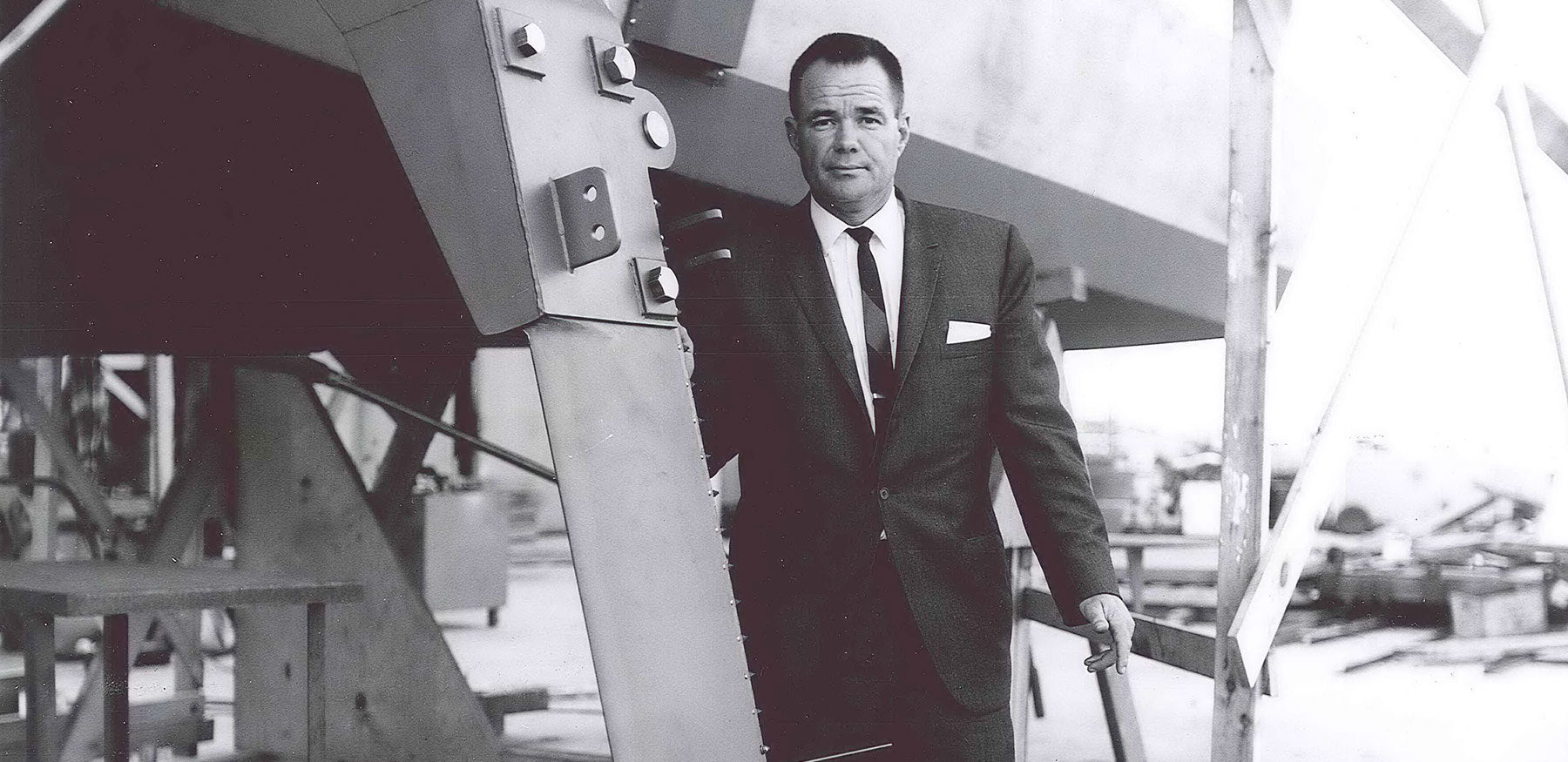
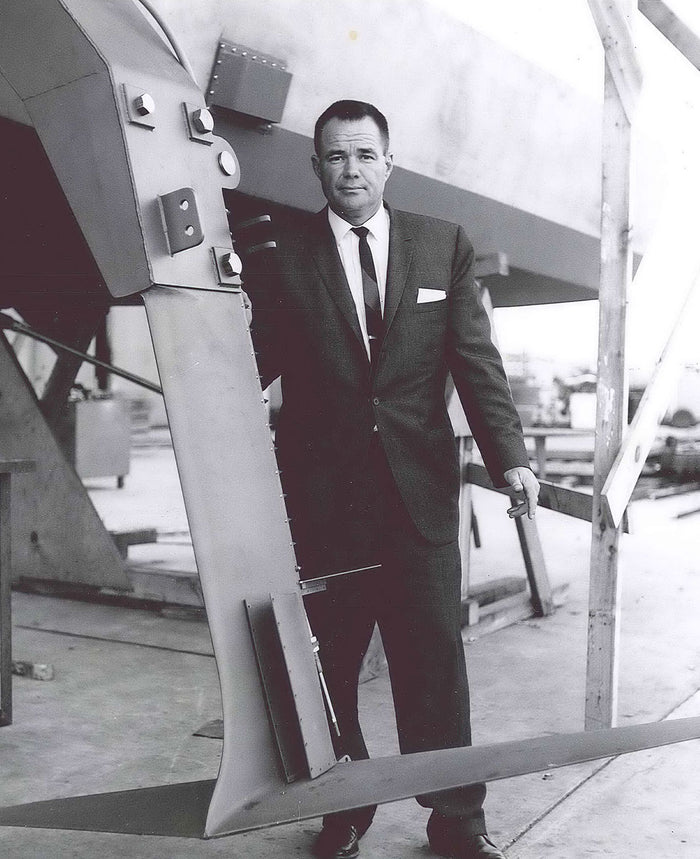
Milt Shedd
1922–2002
Milt Shedd, AFTCO's former chairman and guiding light, spent more than 3,500 days on the water, redefining game fishing and creating a legacy that embraced the seas. At the age of four, Shedd began his love affair with the ocean, which grew into a passion for sportfishing. He was considered one of California's top anglers, known for his inquisitive mind and natural instincts. He was a great innovator, a successful businessman, and responsible for fishing techniques and tackle used by anglers today. But most of all, Shedd was passionate about the oceans. A copy of his biography, "Meeting Triumph and Disaster," was commissioned to pass on his history to future generations.

Milt Shedd, the Angler
In the early 1950s aboard the Five Bells, Shedd helped pioneer billfishing in Cabo San Lucas. When Shedd discovered mackerel in a striped marlin's stomach, he decided it made perfect sense to fish for billfish using what they fed on. This was radical thinking as every West Coast angler knew you trolled for marlin with rigged flying fish. Shedd was one of the first to cast to marlin using live bait and the results confirmed his theory. He showed up at the dock with five marlin, half a day’s catch for the entire Long Beach fleet.
Shedd also had legendary eyes. When the water was calm, he could spot a finning billfish three miles away in the binoculars. There are only a few anglers who have caught a marlin and swordfish in California waters in the same day, and Shedd was one of them. He fished with long rods that gave him that extra distance, rods that by 1960 were known as "Miltie Sticks." He spent his life on the water, pioneering techniques and enjoying our oceans.
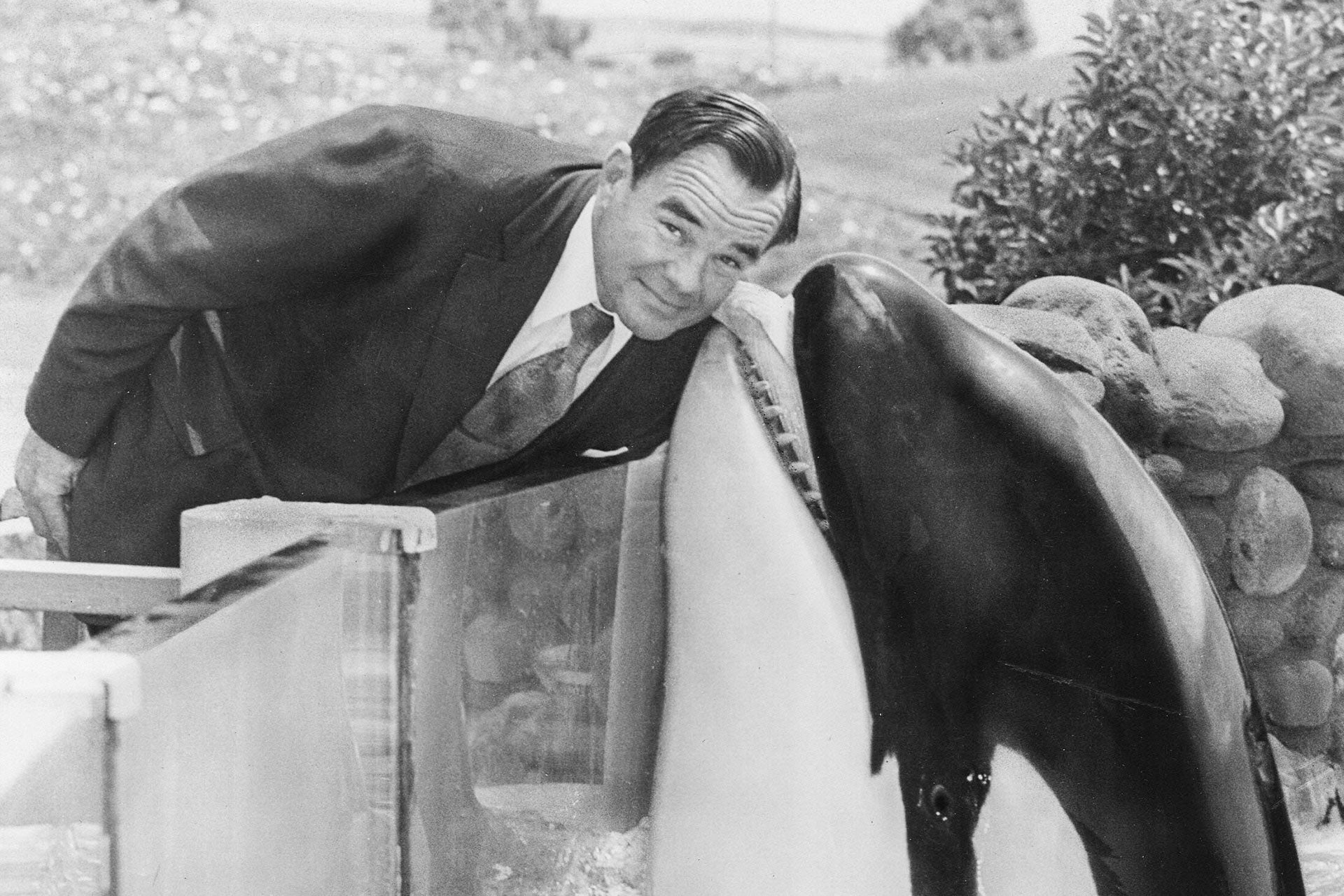
Milt Shedd’s Career
In 1964, Shedd and three friends founded the oceanarium SeaWorld in San Diego. Shedd served as board chairman until 1985. In 1973, Shedd purchased AFTCO Manufacturing Co., which had only four products in its product line. However, after a lifetime on the water, Shedd had many ideas. One of his best ideas was the AFTCO Unibutt, which became the industry standard aluminum rod butt after Florida's Frank Johnson, Jim Easton's aluminum company, and AFTCO worked together. AFTCO has become an industry leader, thanks to innovation, uncompromising quality, and a strong conservation ethic. It is one of the most recognized and highly regarded tackle manufacturers in the world.
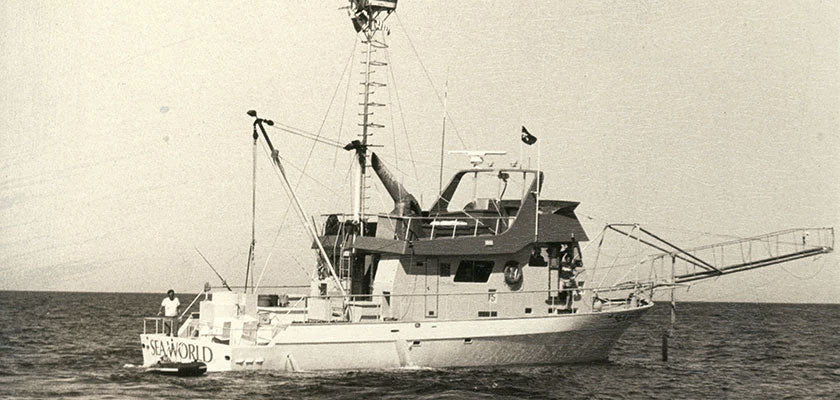
Milt Shedd’s Contribution to Marine Research & Fishing Conservation
Shedd relished scientific adventures. He didn't just donate money – he was hands-on. In the early 1960s, he organized one of the first tagging programs on the West Coast, resulting in the tag-and-release of several thousand tuna and marlin. In 1977, Shedd and Dr. Frank Carey of the Woods Hole Oceanographic Institution spent two months in Baja California aboard Shedd's 67-foot boat, SeaWorld. Dr. Carey was the leading authority on sonic tagging. He had successfully tagged and followed sixteen bluefin tuna and other pelagic gamefish, but had been unable to successfully place a sonic tag in a swordfish and wanted to be the first to do so. When Shedd learned of the difficulties Dr. Carey was having, he invited him to join him on the SeaWorld in Cabo San Lucas and guaranteed he could successfully place a sonic tag in free-swimming swordfish. Dr. Carey took Shedd up on the offer, and in the spring of 1977, Shedd successfully placed sonic tags in five different swordfish, and Dr. Carey was able to gather the data he was looking for.
Shedd was also responsible for founding the Hubbs-SeaWorld Research Institute (HSWRI) in 1963, a full year before SeaWorld opened its doors. Shedd established credibility for the institute by leading fish-tagging efforts that helped the state of California. He then led an effort to arrange scholarly literature on the marine environment for the use of anyone engaged in the field. By the late 1960s, a U.S. Fish and Wildlife Service office noted that "this is our first source of referral." The UC Research Library called it "heavily used" and "one of the most outstanding specialized indexes available." Shedd defined the HSWRI mission as "to return to the sea some measure of the benefit derived from it." Today, HSWRI is a leader in aquaculture, ocean health, marine wildlife populations, and marine education and outreach. One of HSWRI's most successful projects has been the white seabass hatchery program. Milt Shedd, along with his son Bill Shedd, helped establish this program and its funding through California's $5 saltwater enhancement stamp. As of 2019, HSWRI had tagged and released over 2 million fish.
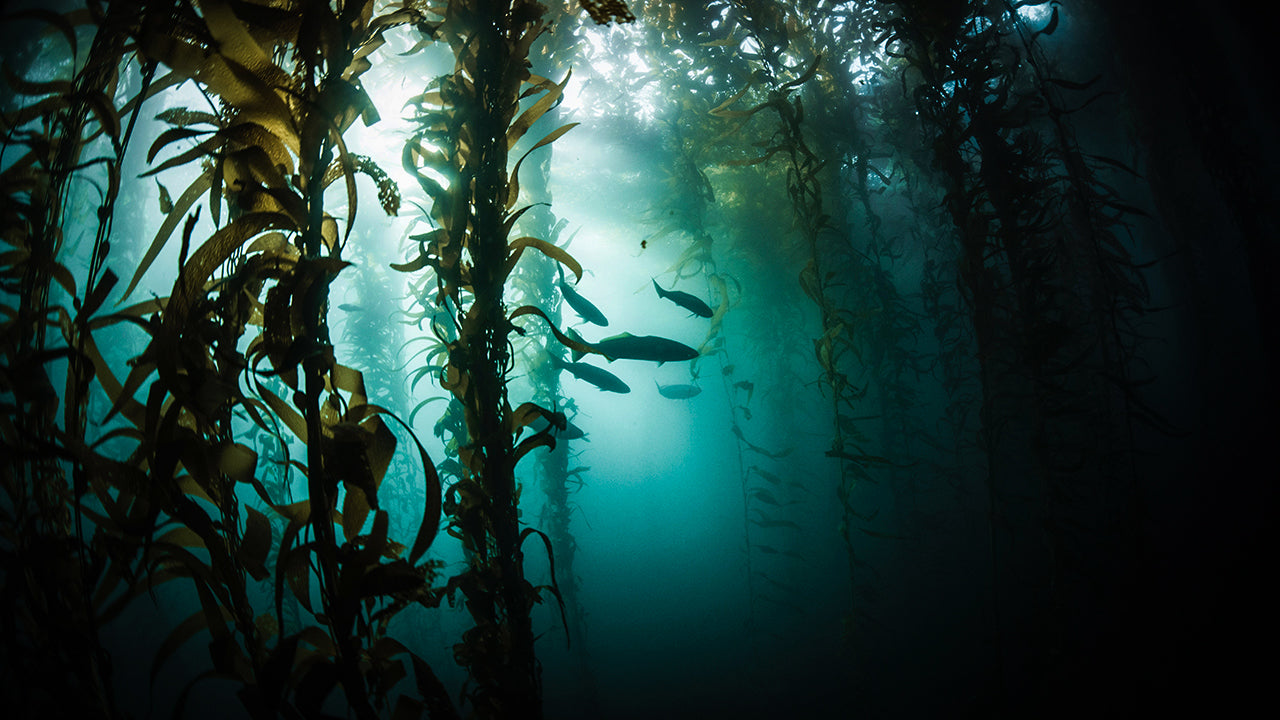
For more than 25 years, the Southern California sportfishing community witnessed the decline of the white seabass and halibut population, caused by gillnets. Milt Shedd and his son Bill Shedd played significant roles in eliminating gillnets off California coastlines.
In his later years, Shedd combined his lifelong interest in learning about the ocean with his desire to support his alma mater by helping create the UCLA Marine Science Center. He provided direct funding and his boat, SeaWorld. His enthusiastic leadership helped develop additional funding and a business plan. The UCLA Marine Science Center offers courses for high school teachers to learn about ocean issues so they can better educate their students. This was fitting for Shedd, who believed that the best way to ensure a healthy ocean in the future is to educate the people who are here today. Learn more.

Recognition
A reconnaissance officer during World War II, Shedd was awarded the Silver and Bronze Stars and the Purple Heart. He was inducted into the IGFA Hall of Fame in 2006 and received the Billfish Foundation's first annual John Rybovich Award for Lifetime Achievement in 1995. NOAA, UCLA, United Anglers of Southern California, San Diego Oceans Foundation, and the California Outdoor Writers Association also honored him with additional commendations and awards. Often referred to as the "Walt Disney of the Sea," Shedd will be remembered for founding SeaWorld and the Hubbs-SeaWorld Research Institute, developing early tagging programs, and initiating the white seabass program. Obituaries for Shedd can be found in The New York Times, the Los Angeles Times, and The Washington Post.



